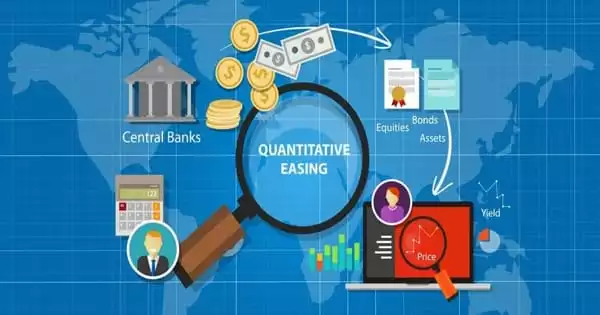The environmental footprint of a product or service is greatly influenced by its distribution. Sustainable distribution refers to any method of transporting goods between vendor and purchaser that has the least possible impact on the ecological and social environment. It encompasses the entire distribution process, including storage, order processing and picking, packaging, improved vehicle loadings, delivery to the customer or purchaser, and taking back packaging. Distribution system and transportation infrastructure optimization, reusable packaging, and reduced package waste all make a significant difference.
Sustainable distribution entails improving logistical transportation and hauling goods between vendor and purchaser with the least amount of environmental and social impact. This includes the entire distribution process, from storage to order processing and picking, packaging, improved vehicle loadings, delivery to the customer or purchaser, and packaging return.
Definition
Sustainable distribution is the macroeconomic allocation of distributed objects (goods, services, rights, fees, and information) while incorporating sustainability issues without jeopardizing the traditional purposes that distribution must fulfill. Distribution is commonly used to refer to all of the processes that take place between producers, retailers, and customers. Physical transportation, storage and warehousing, packaging, labeling, and reverse logistics are all functions of distribution.
The distance that products travel can be reduced by local manufacturing and distribution. Localize sustainable supply chains by transitioning from roads to rail or air to sea. Implement intelligent transportation management systems and optimize vehicle loads. Consider more environmentally friendly, energy-efficient, and adaptable modes of transportation. Use near-zero-emission trucks, electronic vehicles, drones, and self-driving cars.
A sustainable distribution process applies these characteristics:
- Meets the recipient’s time and location requirements
- Addresses social and environmental issues
- Complements the life-cycle of sustainable products—with a strong connection to post-use, as reverse logistics complete the distribution process.
- Provides a significant global reduction in environmental and social impacts
- Constantly improves—constant monitoring and enhancements to socio-ecological impacts in order to implement newer, more efficient technologies.
- Maintains competitiveness with traditional distribution processes to ensure long-term success—addresses environmental and social issues without sacrificing efficiency in comparison to traditional distribution.
Green marketing should be prioritized in order to generate and increase sustainable purchasing. Use story-telling to differentiate your business and highlight your stance – “Sustainability is quality that gives your customers a better experience.” Green distribution refers to logistics practices that cause the least amount of environmental damage. Greener choices can be made throughout the supply chain, including storage, order processing, packaging, and last-mile delivery. Green logistics reduce waste and emissions, which is ideal for companies looking to reduce their carbon footprint.
Carbon dioxide (CO2), a greenhouse gas that contributes to global warming, is reduced by sustainable distribution methods. These practices also reduce waste and optimize resources in order to improve our planet’s health and build a better future. And they assist businesses in taking action to make changes that are important to them and their customers.















